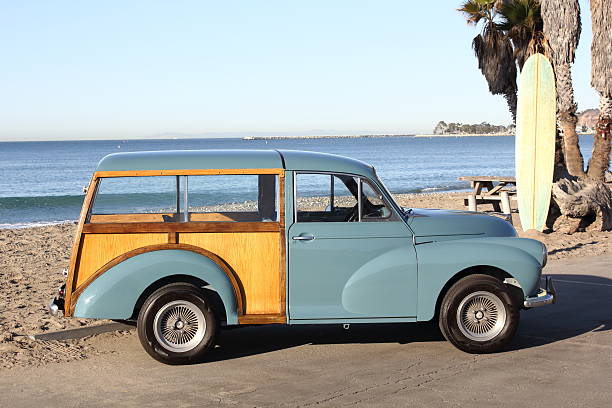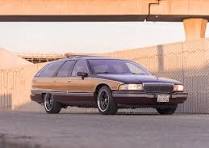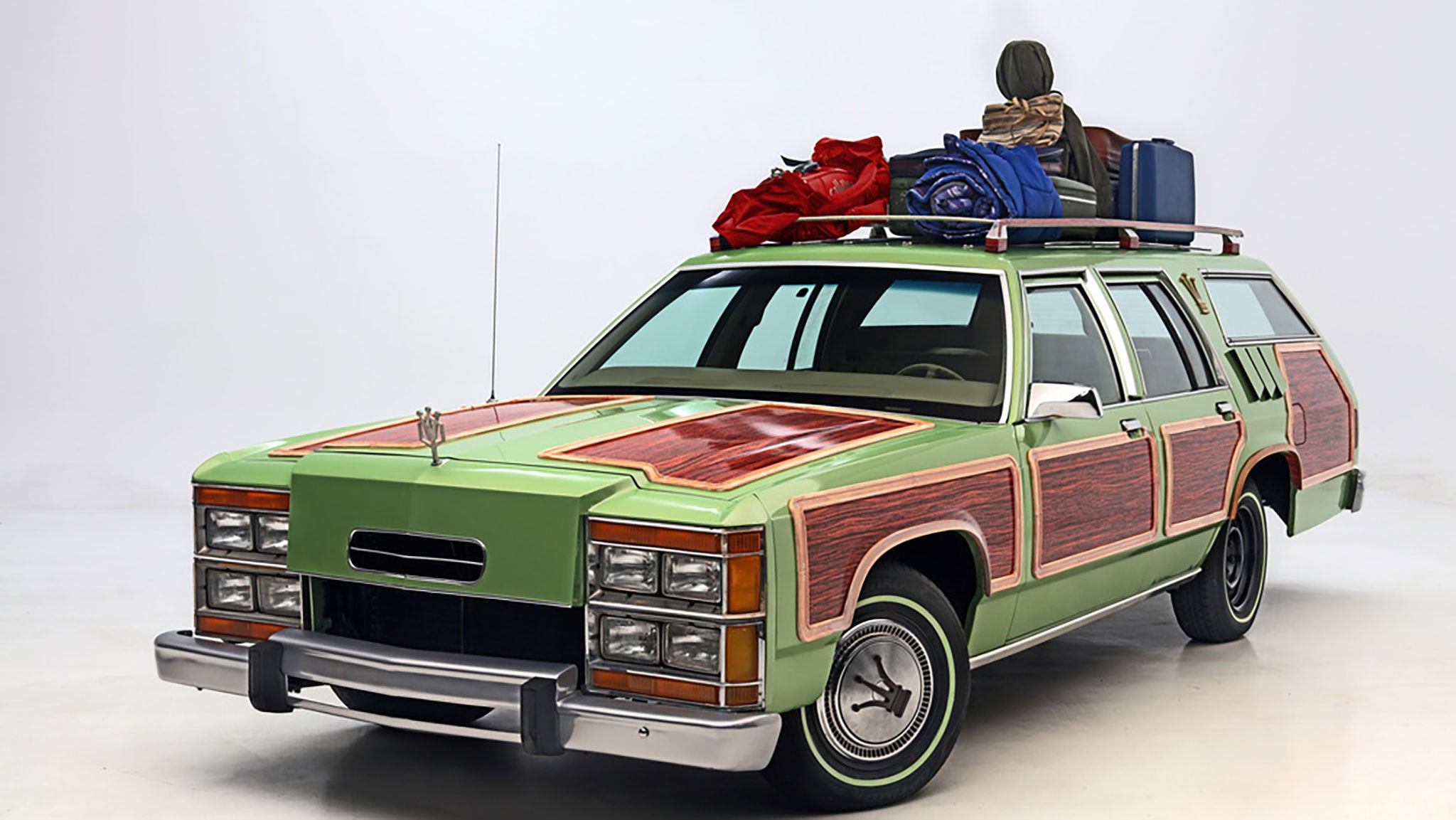Once upon a time, station wagons filled mall parking lots, school pick-up lines and were a staple parked outside of little league games, then, all of a sudden, they were gone. Vanished.
However, due to a confluence of factors, it appears that the “grocery-getter” may be making a comeback.
According to Investopedia, Volvo, Mercedes-Benz and even Porsche have new station wagon models making the rounds at international car shows; generally speaking, auto manufacturers use those shows to gauge the public’s response to what may be the next trend hitting the market.
Almost since their inception, station wagons were considered nothing but a utilitarian workhorse and once car collecting became a real hobby, rarely were they represented among the hot rods and orphans at car meets.

In fact, the name ‘station wagon’ harkens back to their original function, replacing the horse-driven multi-seat vehicles used to transport travelers from the train station to the hotel which they were booked overnight.
The so-called post war “baby boom” of the 1950s saw a boom in station wagon sales and virtually every major marque had its own version of the multi-seat seat hauler. The cars could not only fit an entire nuclear family, plus Aunt Edna and her dog, they were capable of fitting cargo for home projects and could tow a boat, camper or small trailer.
Station wagons or “depot hacks,” as they were known early on, also had a distinctive feature that became a part of car culture. Most early station wagon models featured hand-made mostly wooden bodies, and later models would continue the rustic look through plastic wood grain decals.
However, the Beach Boys never wrote an ode to the station wagon and few teenagers wanted to be seen taking their girl on a first date in mom and dad’s Town and Country.
Station wagons seemed to have reached their peak by the mid-1970s when the oil crises of the Middle East threatened their extinction; it wasn’t that the cars were built with “super gas guzzler” engines, but the added weight that caused the vehicles to be super inefficient when it came to gas milage.
After a brief comeback in the early 1980s, along came the minivans and, later, the SUV that finally spelled doom for the station wagon.
The interesting thing is that neither minivans or SUVs were more fuel efficient than station wagons and, let’s face it, while station wagons were never super sexy, minivans were just downright ugly. General Motors versions were derided as “dust busters on wheels.”
When it comes to SUVs, the supersized vehicles may seem twice as large as a station wagon, but most actually have less total cargo capacity.

Not only are station wagons becoming viewed as more visually appealing than the “Chevrolet Subdivisions” rolling down the roadway like tanks, recent political changes may make the station wagon more viable than ever.
The Trump administration has already reversed the federal government’s course on EV mandates and has plans in the works to return America to being a net exporter of oil, meaning that gas prices are set to decline back to pre-Biden era prices.
According to TopSpeed, American manufacturers have not indicated any plans to return to building station wagons, since their sedan base models have been discontinued, American buyers tend to follow European trends. It might be in the best interest of American manufacturers to take another look at the grocery-getter.
Just, let the faux wood grain panelling stay in the past where they belong.
See you on the road!!










